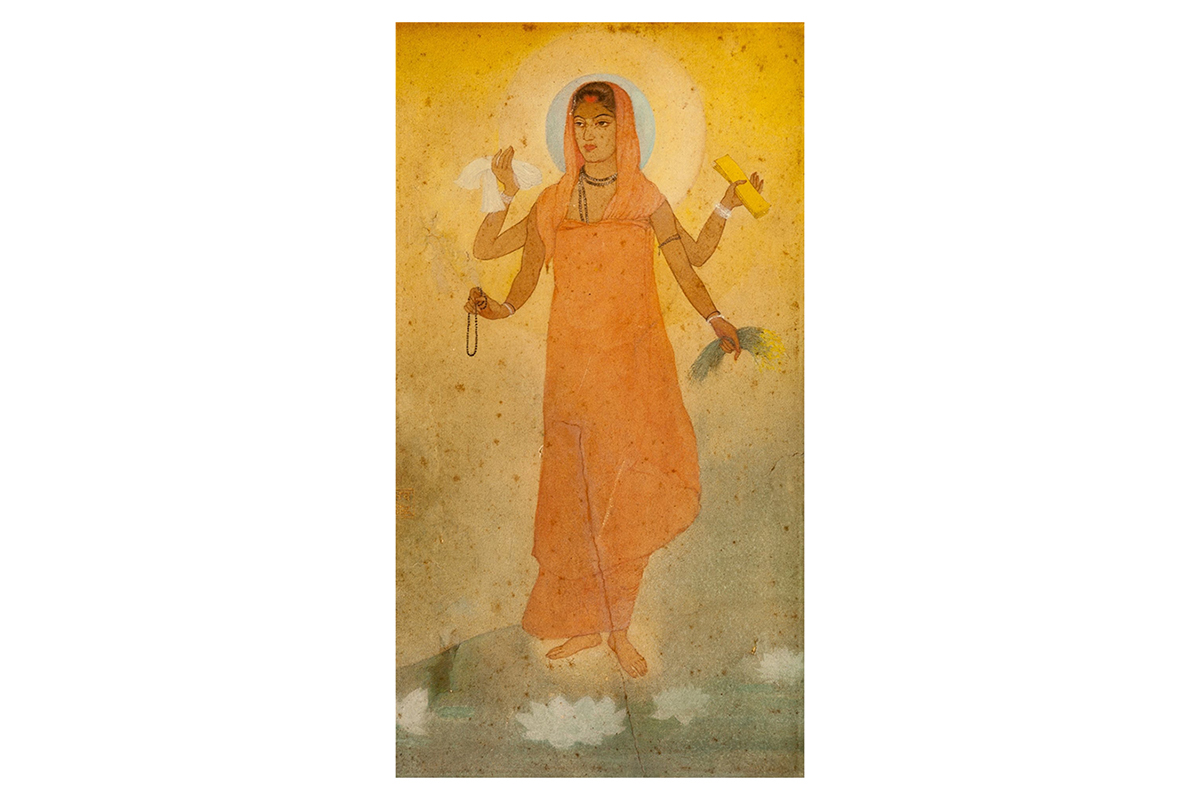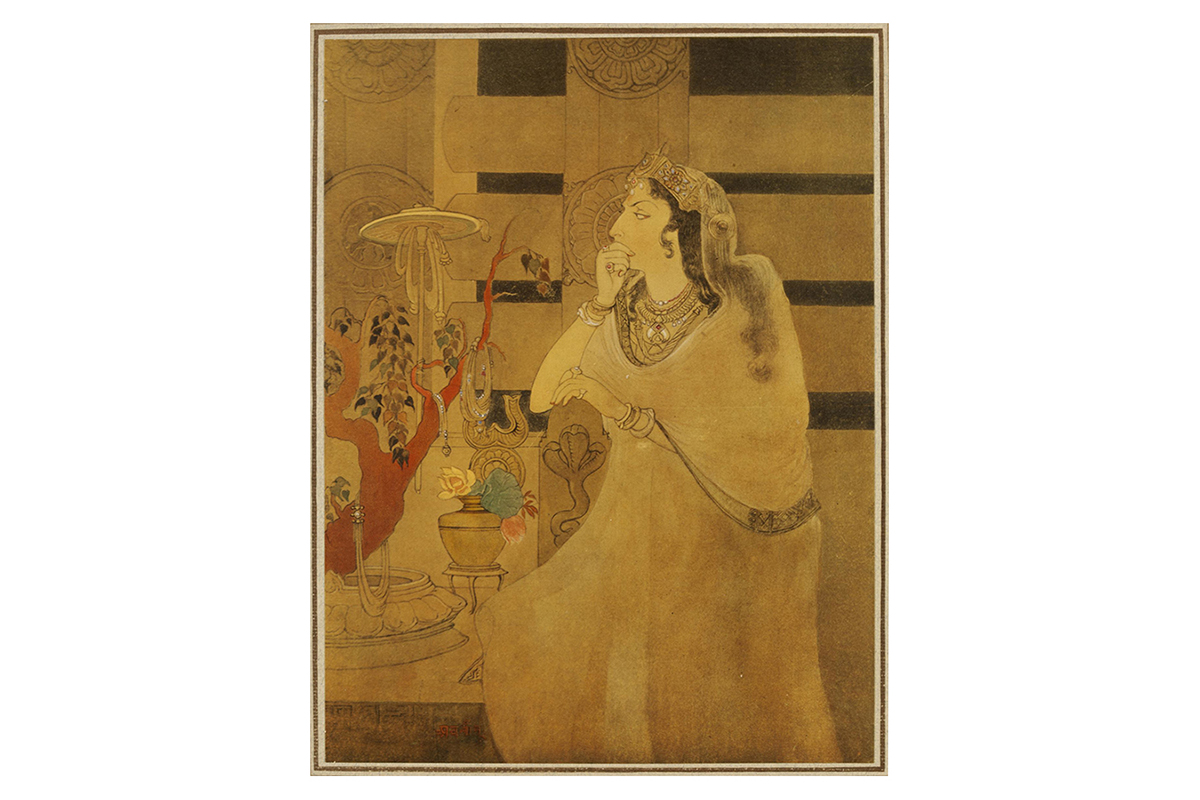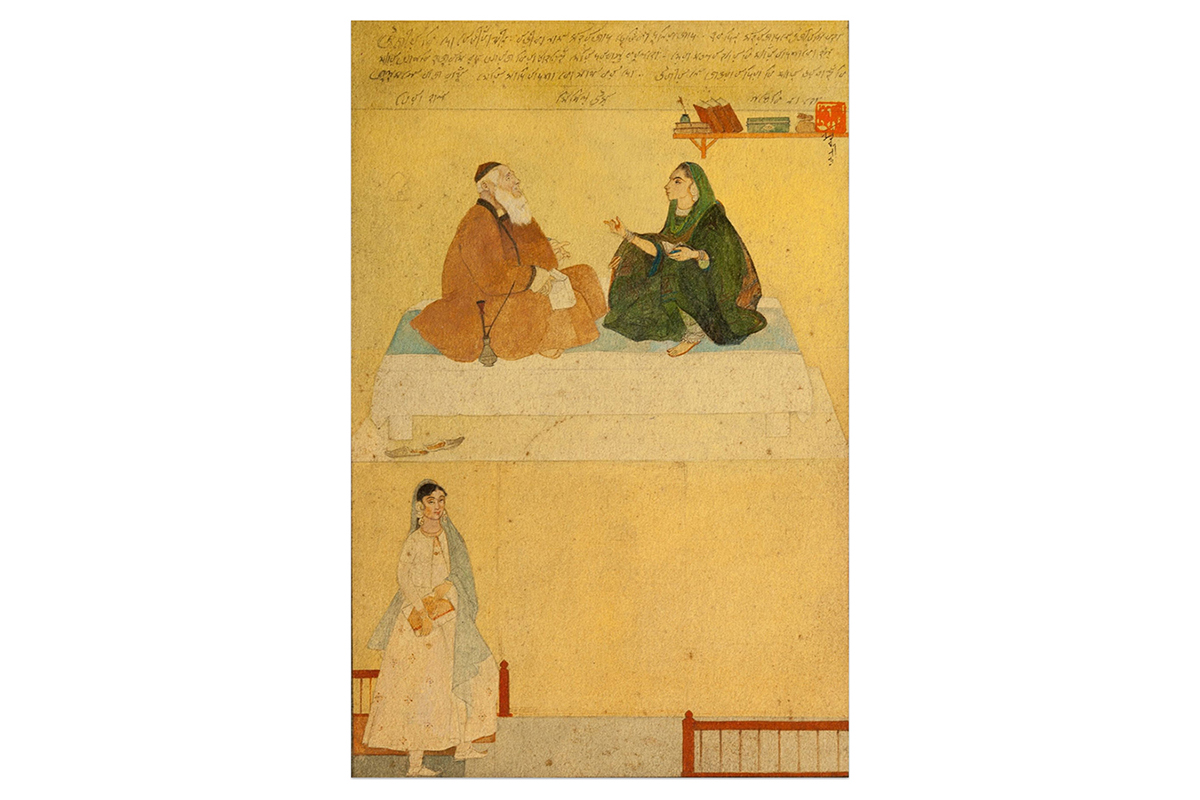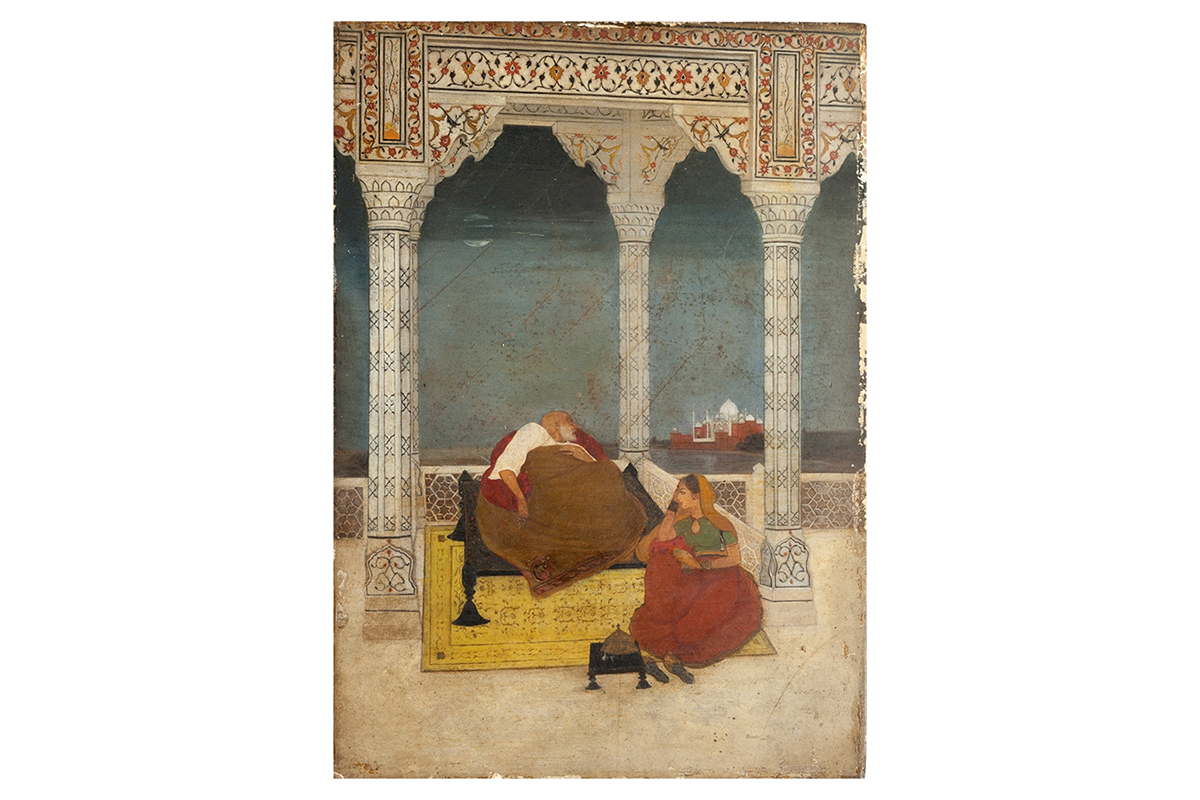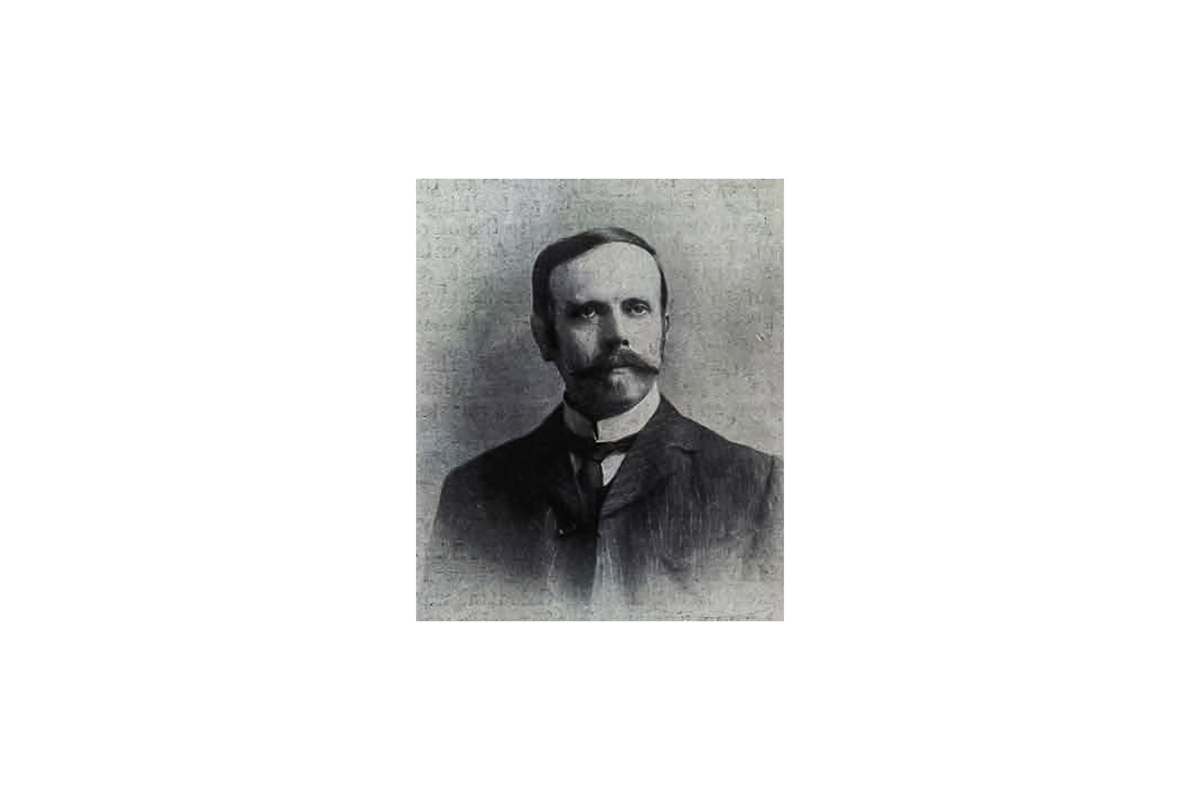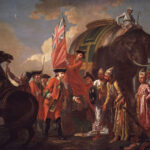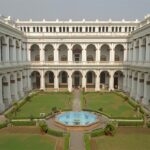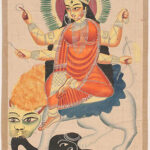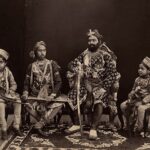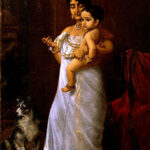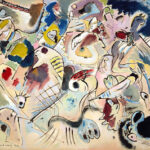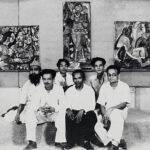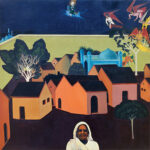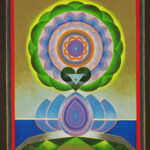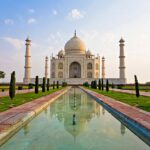The Bengal School and Revivalism
1896
EB Havell’s presence as head of the Government College of Art and Craft in Calcutta , with changes to the curriculum that emphasise Indian art over established Western frameworks, helps promote the emergence of Revivalism in Indian Modernist art. Havell encourages the study and practice of a range of pre-colonial art forms and subject matter, from courtly painting traditions such as Mughal, Rajasthani and Pahari miniature painting, to narrative folk painting and decorative handicraft traditions.
His support in this regard is at least partly motivated by an attempt to demonstrate the superiority of Indian spiritualism over Western materialism. A byproduct of this outlook is Havell’s valorisation of Hindu scripture such as the Vedas and the conflation of Hinduism with Indian nationalism, which some scholars — as well as some of Havell’s contemporaries — see as problematic , and a subversion of the nascent freedom movement in the subcontinent.
With the guidance of vice principal Abanindranath Tagore, the institute looks not just to indigenous Indian art practices and themes but also absorbs influences from East Asian art.
The movement is not just a response to the Academic Realism emphasised in British government-established art education but also reflects the political currents of its time, with the emergence of nationalism in Indian politics and culture at the turn of the twentieth century.
Bibliography
Guha-Thakurta, Tapati. The Making of a New ‘Indian’ Art: Artists, Aesthetics and Nationalism in Bengal, c. 1850–1920. Cambridge, UK: Cambridge University Press, 1992.
Jamal, Osman. “E.B. Havell: The Art and Politics of Indianness.” Third Text 39, no. 11 (1997): 3–19. https://doi.org/10.1080/09528829708576669.
Mitter, Partha. Art and Nationalism in Colonial India, 1850–1922: Occidental Orientations. Cambridge: Cambridge University Press, 1994.
Feedback 
This entry appears in
Art in South Asia
Visit Timeline
Associated Timeline Events
First Published: March 11, 2024
Last Updated: May 22, 2024



